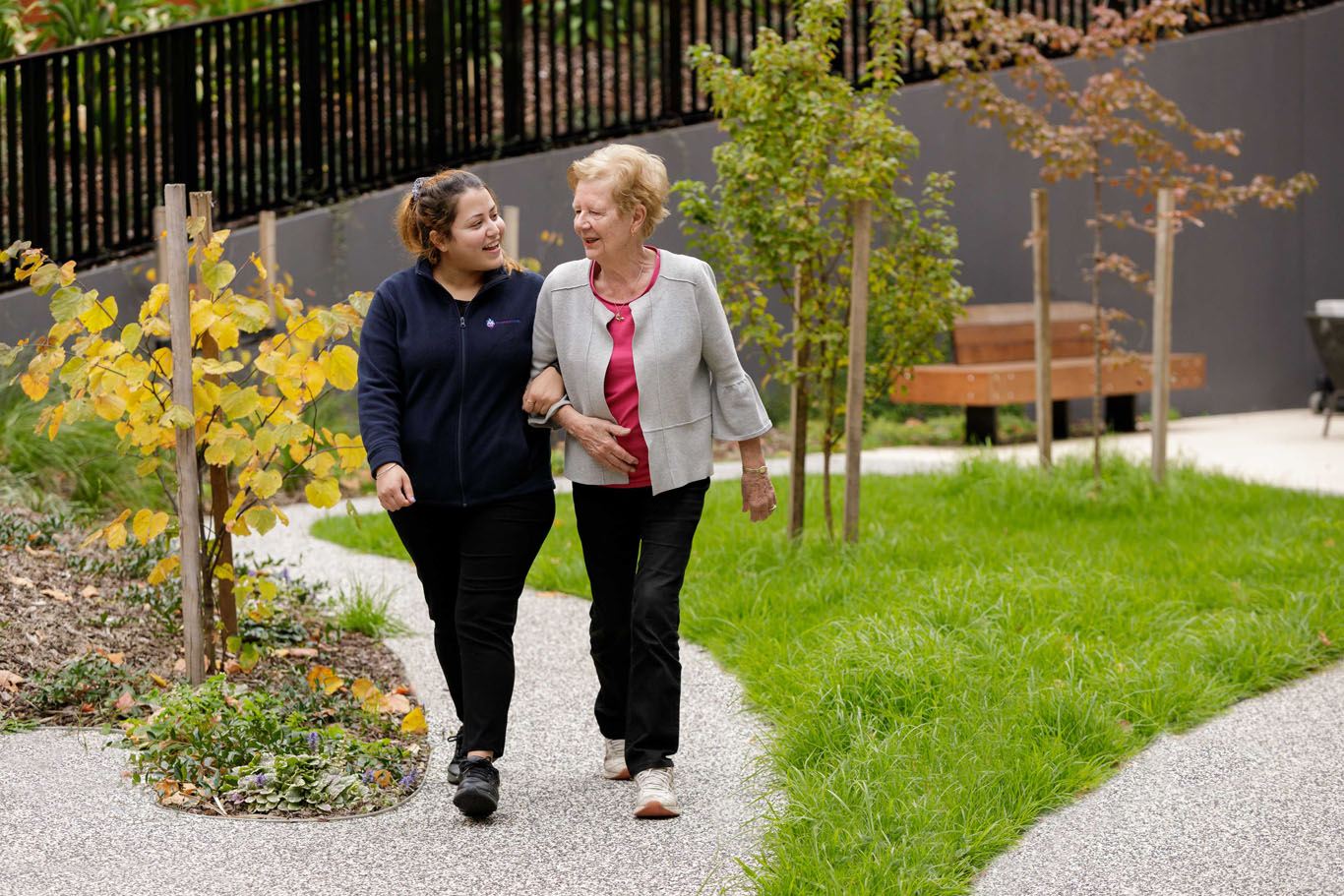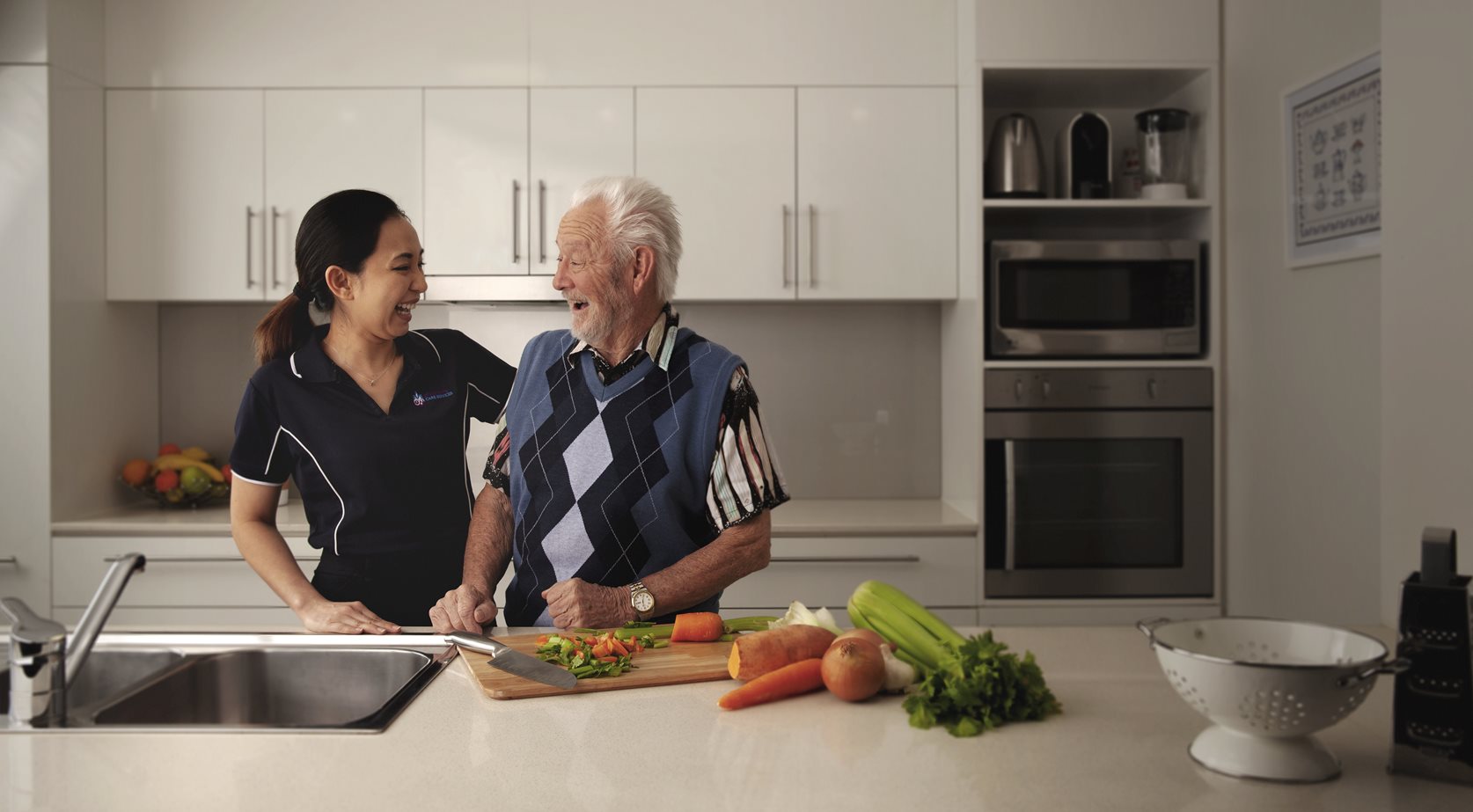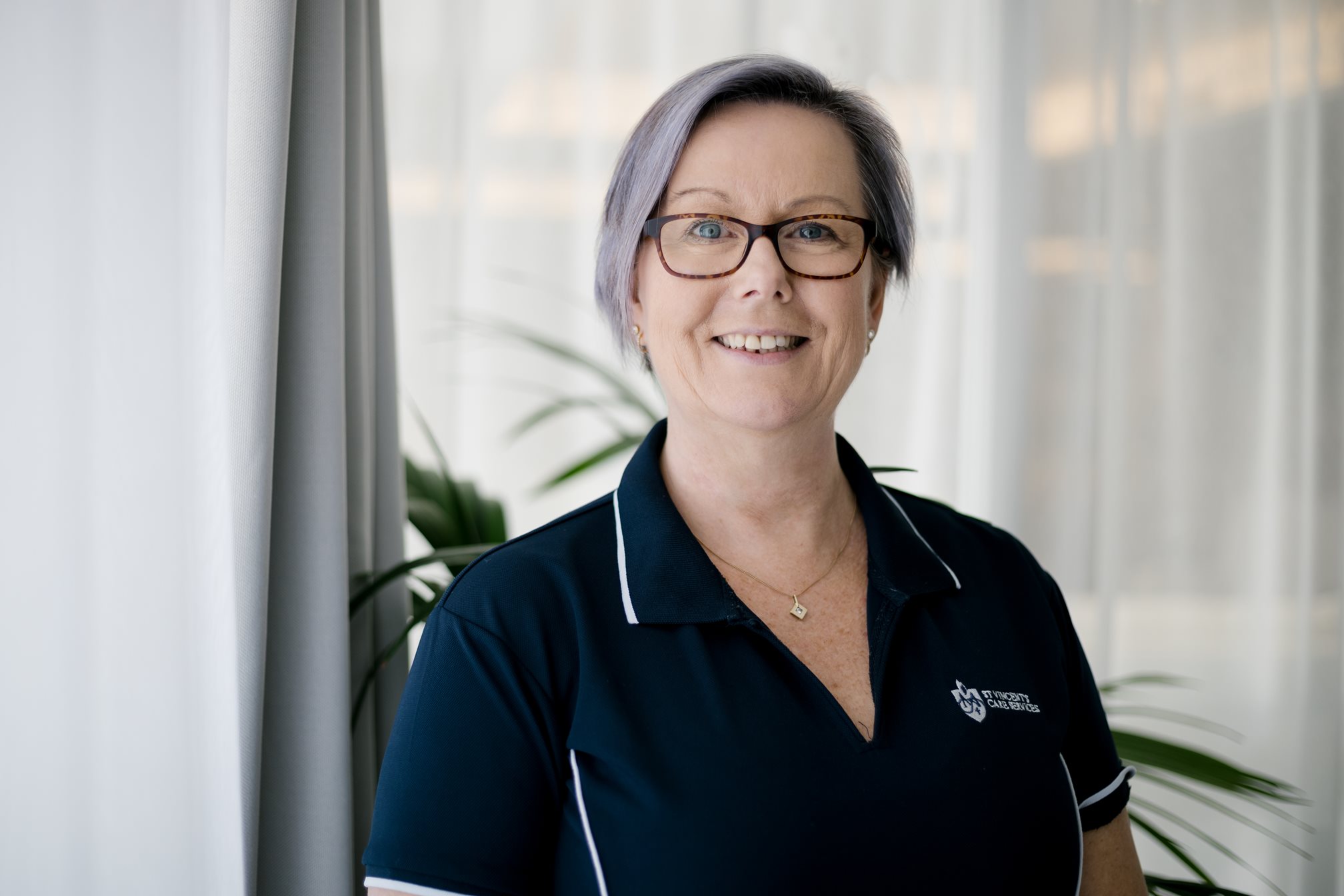The #1 Trend Changing the Aged Care Industry in 2024 (and Beyond)
The #1 Trend | 5 other big technological trends
Posted 29th February 2024 | 6 minute read
Written by Jesse Gramenz 

With new technology and innovation in the aged care industry, the sector has a chance to change like never before. And with the Royal Commission into aged care, aged care providers are looking to take the level of the care they provide to new heights. But how? Let's find out.
In 2024, #1 aged care trend is a continued shift towards Person Centred Care.
What is Person Centred Care?
According to the Australian Government:
The person-centred approach treats each person respectfully as an individual human being, and not just as a condition to be treated. It involves seeking out and understanding what is important to the patient, their families, carers and support people, fostering trust and establishing mutual respect. It also means working together to share decisions and plan care.
Basically, person centred care means treating everyone as an individual and caring for them the way they want to be cared for. It means that a ‘one size fits all’ approach to care which was commonplace in the past is outdated.
How Person-Centred Care is changing aged care
Aged Care Before | Aged care now and in the future |
Standardized Care Plans | Individualized Care Plans |
Care is often based on a one-size-fits-all approach, with limited customization to individual needs. | Care plans are highly personalized, tailored to each senior's unique health needs, preferences, and lifestyle. |
Limited Use of Technology | Advanced Technological Integration |
Technology is used primarily for basic health monitoring and administrative tasks. | Extensive use of AI, wearable devices, and smart home technology for continuous health monitoring, enhanced safety, and improved quality of life. |
Traditional Medical Focus | Holistic Health Approach |
The focus is predominantly on physical health, with less emphasis on mental and emotional well-being. | A holistic approach that considers physical, mental, and emotional health equally, offering comprehensive wellness programs. |
Institutional Settings | Home-Like Environments |
Aged care is often provided in institutional settings like nursing homes, which can be impersonal. | Care settings mimic a home-like environment, or care is provided in the senior's own home, promoting comfort and familiarity. |
Reactive Health Management | Proactive and Preventive Care |
Care is typically reactive, addressing health issues as they arise. | Emphasis on proactive and preventive care, using technology and data analytics to anticipate health needs and intervene early. |
Limited Family Involvement | Family and Community Engagement |
Family involvement in care decisions can be limited, with less focus on the senior's social needs. | Families and communities are actively involved in care decisions. Social engagement and community integration are key components of care. |
Generalized Activities and Programs | Customized Engagement and Activities |
Activities and programs are general and not tailored to individual interests or abilities. | Activities and engagement programs are customized to individual interests, promoting lifelong learning and personal growth. |
Fixed Schedules and Routines | Flexible and Adaptive Routines |
Daily routines are often fixed and not adaptable to individual preferences or changing needs. | Routines and schedules are flexible, adapting to the changing preferences and needs of each senior, promoting independence. |
While a lot of changes are happening to accommodate this style of care, there’s still a lot of work to be done in the aged care sector to get it right. In 2024 and beyond, you'll probably see aged care providers retrofitting exisiting facilities, or plans in the works for new facilities that fit this style of care best.
St Vincent's is no different. When it comes to our aged care homes in Brisbane and across NSW and VIC, we're always looking for better ways to tailor our care to what residents want and need from us.
3 specific trends (and changes in technology) that will help person centred care evolve in 2024
1. Care in the home
It’s no secret that as people age, their preference is to receive aged care services at home. Where previously health care technology had only allowed for high quality care to take place in the one location, we’ve seen (and will continue to see) a massive shift in care towards a more decentralized model in people’s homes. Here’s a little of what we can expect from home care in 2024:
 Care in the comfort of your own home. It's grown exponentially and will only get bigger. Source St Vincent's Home Care
Care in the comfort of your own home. It's grown exponentially and will only get bigger. Source St Vincent's Home Care
Telehealth in home care
Telehealth has become a key component in bridging the healthcare gap, providing seniors with access to medical care right from the comfort of their homes. This technology is especially helpful for people living in remote or underserved areas, ensuring that all seniors have access to the care they need, regardless of their location.
Quite often, regular check-ups can be performed from the comfort of a person’s home. Telehealth enables virtual doctor visits through video calls, reducing the need for physical travel, which is not only more convenient, but often essential for people who might have a harder time getting to and from doctor’s appointments. This has the potential to lead to more consistent checkups and getting medical advice to people quicker and more efficiently.
Medication management apps
Telehealth apps can help seniors manage their medications more effectively. These apps can send reminders for medication schedules, refill alerts, and provide information on drug interactions, significantly reducing the risk of medication errors.
While some of the technologies are being rolled out in admittedly limited areas, watch for their uptake in 2024 as more hospitals and providers jump on board to provide a more holistic service to older people in Australia.
Mobile Healthcare Teams
While it’s a standard part of home care in 2024, there will be a continued availability of home-based and mobile healthcare teams particularly as hospitals continue to implement more advanced types of care into patient’s homes. As for aged care services, healthcare professionals, including doctors, nurses, and therapists, can all make regular visits to a client’s home as a part of regular care. These teams provide direct care, such as administering medications, wound care, and physical therapy, ensuring that patients receive comprehensive treatment comparable to in-hospital care.
2. Wearables for seniors
Wearable technology is becoming increasingly popular among older people, offering real-time health monitoring and alerts, ensuring timely medical attention and making independent living a safer reality for people who need extra support. These devices, ranging from smartwatches to health-monitoring bracelets, track vital signs, detect falls, and even remind users to take their medication, significantly enhancing the safety and well-being of seniors living alone.
A literature review by Burnham et al. (2018) analyzed whether wearable technologies could predict health outcomes. The review concluded that data obtained from wearable technology were predictive of or significantly associated with tracked outcomes like mortality and readmission rates (Burnham et al., 2018).
Imagine getting an update telling you you're more at risk for a heart attack. Or knowing that your loved one with dementia is getting a regular update to eat or take their medication without someone always being in the room.
That's the reality of wearables for seniors not only know but in the future.
3. Virtual Reality
Who says aging in place has to be boring? With VR technology, seniors can embark on virtual travel adventures right from their living room. From exploring the ancient ruins of Machu Picchu to walking the streets of Paris, VR can provide experiences that not only entertain but also enhance cognitive function and mental well-being.
While VR is a very specific trend to mention, it’s shown a lot of promise in helping older people feel connected and engaged. A study exploring the effects of health promotion and emotional improvement on elderly people participating in virtual reality games found that VR can significantly improve the emotional effect. The findings suggest that VR games, when used appropriately, can lead to more frequent use and significant improvement in emotional well-being among seniors (Liu, 2018).
Virtual Reality (VR) has emerged as a significant tool in enhancing the lives of seniors, both in aged care facilities and at home. Its application ranges from health and wellness to entertainment and social connection.
Parting thoughts
There's some broad and sweeping changes that are affecting the aged care industry. At their core, the changes in technology and approach to care are all about improving independence and making older people feel like an individual, not just a patient. And that future sounds pretty good to me.
Still have questions?
CHAT TO OUR AGED CARE EXPERTS
- Home
- Residential Aged Care
- The #1 Aged Care Trend Changing the Industry in 2024 (and Beyond)
Helpful Information
.jpg)
How to Talk About Aged Care With Your Parents

Staff and Qualifications
.jpg)